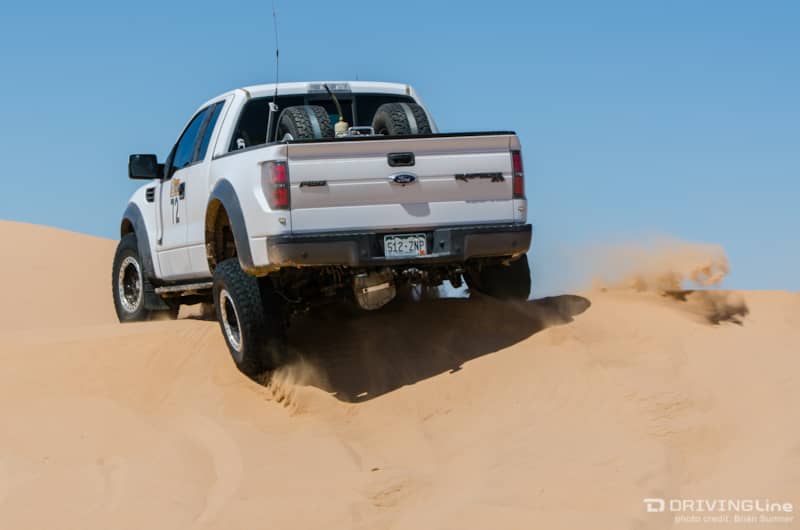Sonora Rally 2017: A Rally Raid Full of Adventure
Rally Raid is not a term familiar to most American motorsport enthusiasts. Perhaps you have heard of the Dakar, a prime example of a rally raid event that currently takes place in South America yet has deep roots on the African continent. Darren Skilton and Scott Whitney, both Dakar veterans, have brought rally raid to North America in the form of the Sonora Rally. When we heard about the Sonora Rally, now in its third year, we grabbed our passport and headed across the border to Puerto Peñasco in Sonora, Mexico, where the race was about to begin.
About Rally Raid: What You Need to Know
Rally Raid is an off-road endurance event spanning over several days (sometimes weeks) and the terrain that the competitors traverse is much tougher than that of conventional rally racing. The vehicles used are purpose-built off-road vehicles rather than modified cars with a few exceptions such as the Sonoran Rally’s Safari class. The competitive special sections are off-road, crossing sand dunes and other desert terrain. The “specials” are timed stages that vary in length, whereas the “liaisons” are transfer sections usually on pavement between the special stages and are not timed but must be completed in a given amount of time.
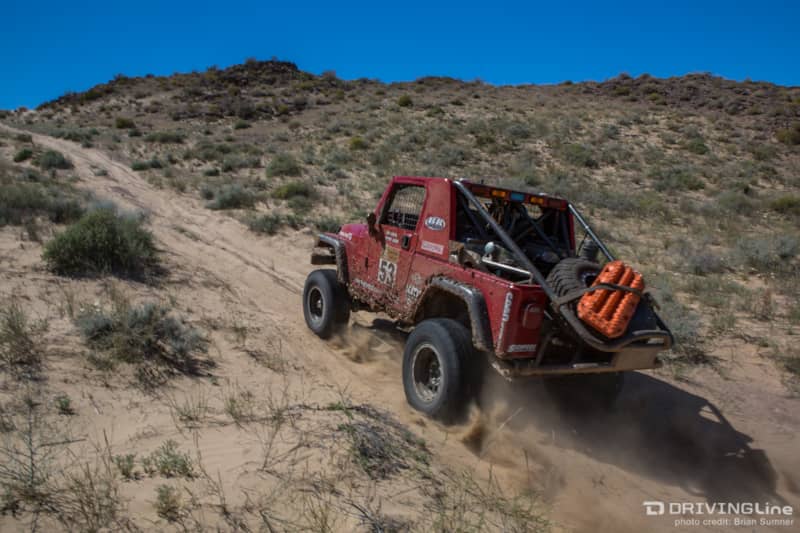
Each day a “bivouac” is set up that serves as the base of rally operations. Competitors and crew stay in the bivouac each night. Food is served, pits and camping sites are set up and any needed maintenance from the day’s stages is performed all in the bivouac.
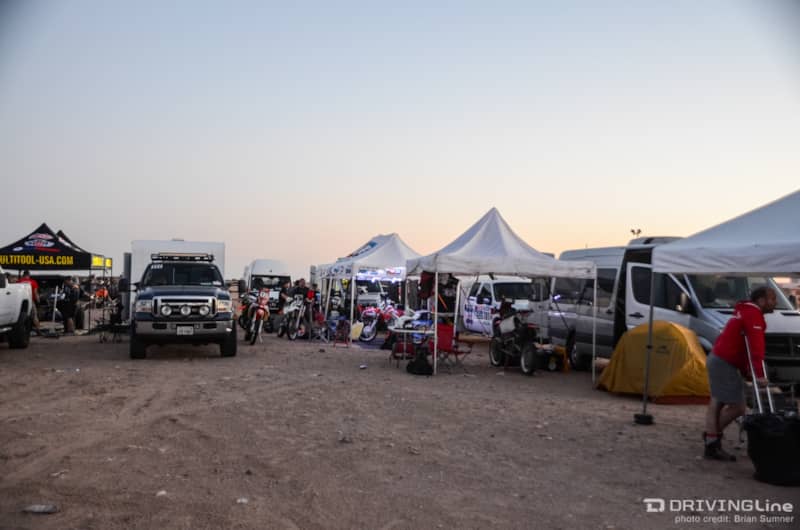
A major difference between rally raid and desert races such as the Baja 1000 and King of The Hammers is navigation. In rally raid there are no marked courses, no line to follow on a GPS and prerunning is impossible to do. Instead, competitors are given a road book the evening before each stage to study that describes the course with symbols, arrows, kilometer readings and compass headings. In place of a GPS, electronic compasses are allowed that show headings which are used in conjunction with the road book and digital odometers that keep track of distance. Waypoints along the route are logged in a rally tracker which also alerts the navigator to their approximate location once within a certain radius. Missing a waypoint results in time penalties.
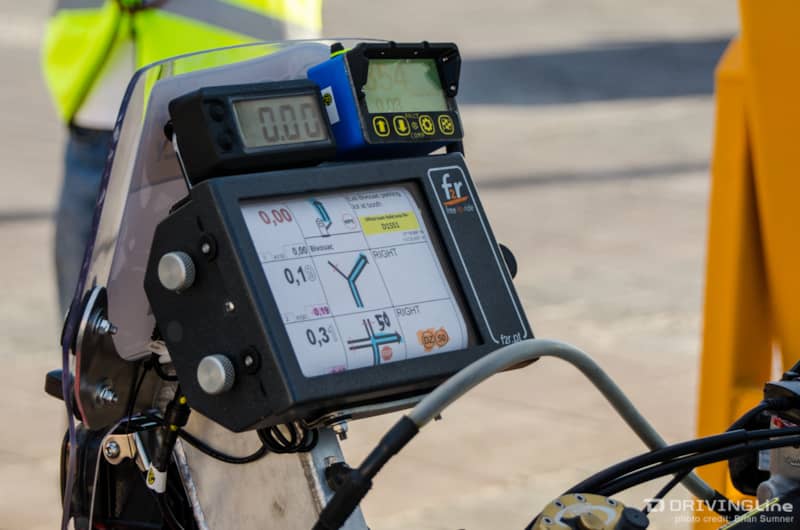
Puerto Peñasco and Back
Forty competitors took the start — a mix of motorcycles and four-wheel vehicles. One by one they left the bivouac and into the beautiful Sonoran desert. Desert roads, washes and small dunes would make up the two stages with three small liaisons between. Black Pearl Racing from Canada brought their 1978 Chevy Prerunner down for the rally and charged hard going into the small dunes toward the end of the second stage on day one.
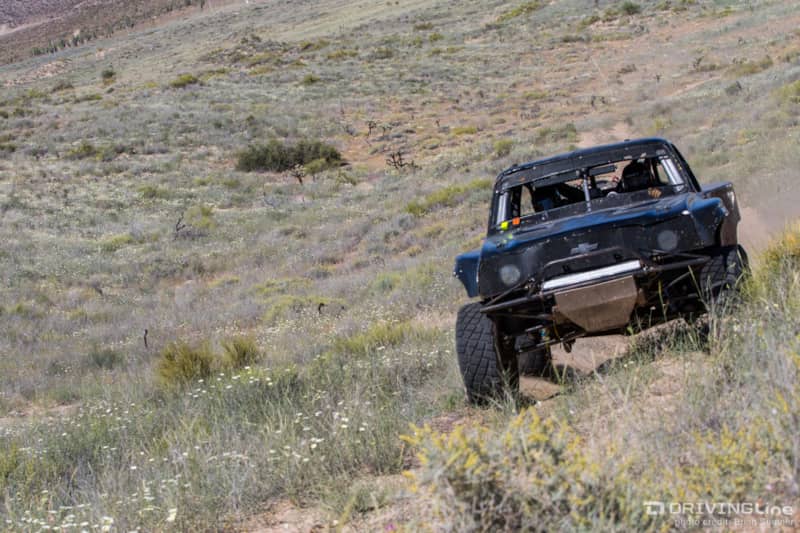
Todd and Kyle Jergensen finished the day leading the four-wheel category with their truck. The bivouac for the night was right alongside the Sea of Cortez where a feast of freshly caught fish was served.
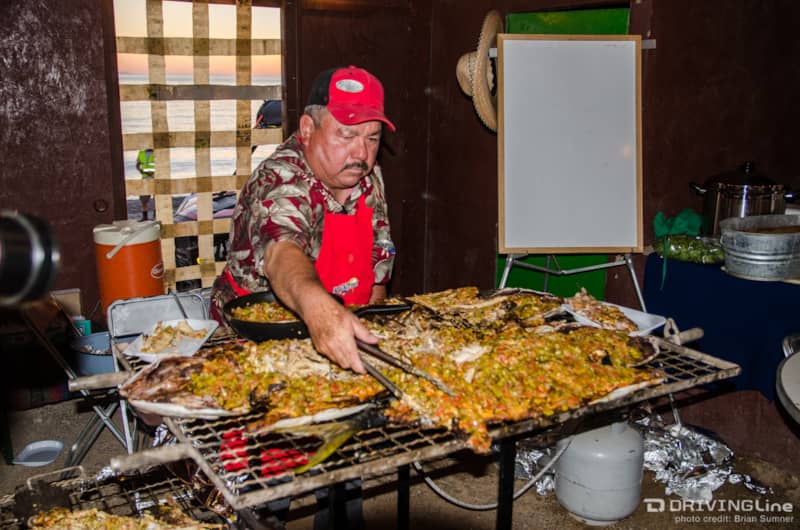
The following day the race would return to Puerto Peñasco using a different route, while the navigation increased in difficulty. Part of the allure of this race is the fresh terrain that is different from Baja and has not been raced on. The desert was in full bloom, the cacti towered towards the blue skies and the mix of sand, dirt, gravel and hard pack made up the terrain that Nitto Ridge Grapplers would shine in.
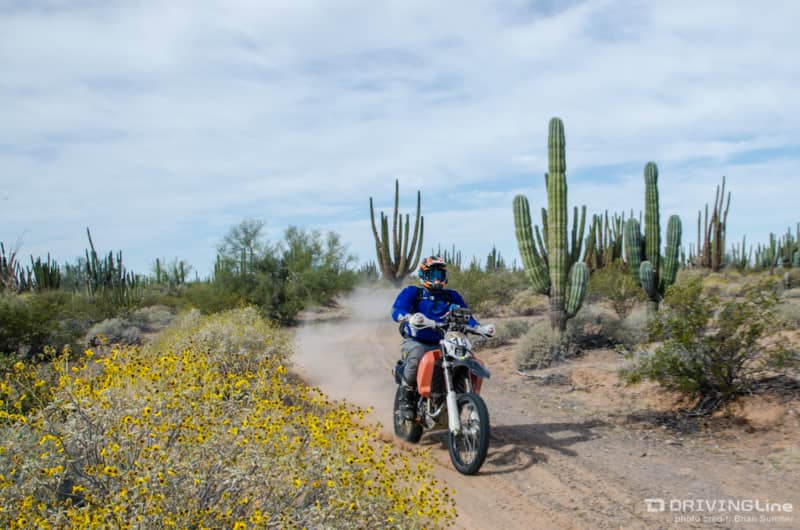
A tricky waypoint just a few kilometers from the end caught many off guard. Todd Jergensen rolled and then, after self-recovering, got stuck in a rocky ravine giving up a few hours of time.
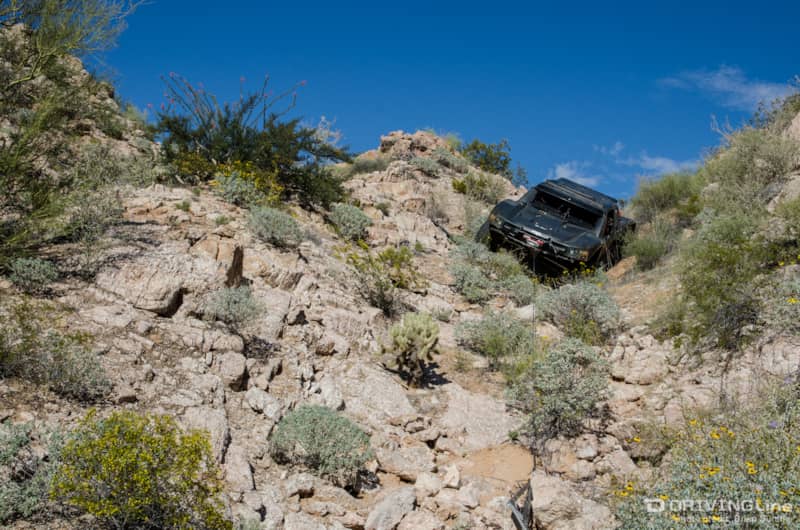
Kraut Racing from New Mexico raced in the 2016 Sonora Rally and instantly got hooked on this form of motorsport. They brought out their 1988 Mercedes Benz G-Wagen, which looked right at home in the rally raid environment.
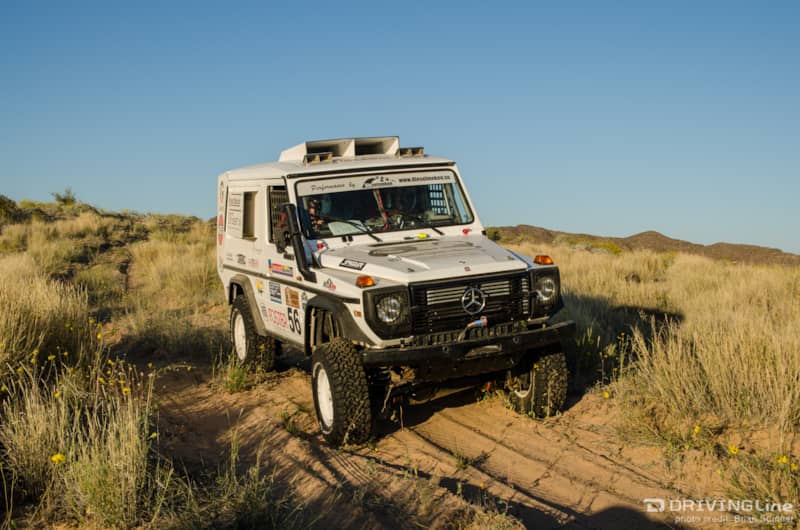
James Opel, driver of the G-Wagen, surveyed the terrain ahead while stopping to help a fellow competitor’s team. Outside assistance and chasing are not allowed, so competitors look after each other while out in the desert — a true sign of sportsmanship.
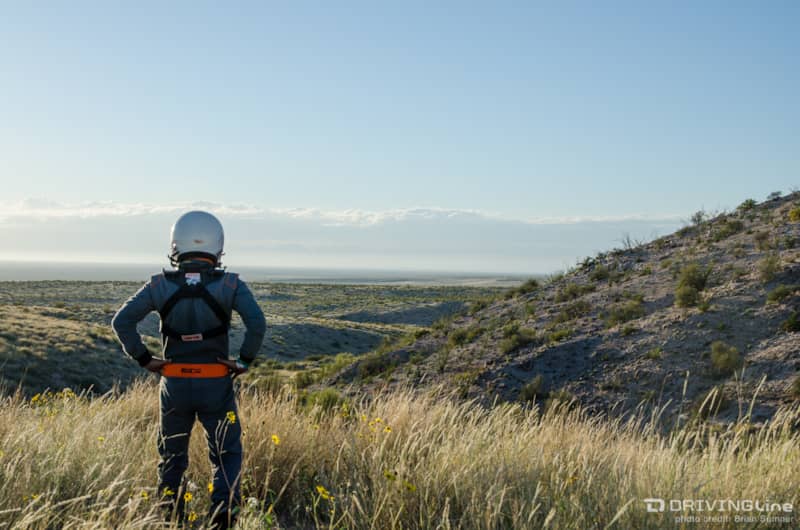
The Altar Dunes
Day three and four of the rally were spent traversing the Altar dunes, the largest dunes in North America. The navigation would become even trickier and would separate the top competitors. The motorcycle class began to spread out as the top riders jumped to a healthy lead, but the four-wheel class competition was just getting started. Eric Pucelik picked his way through the massive dunes in his Predator buggy.
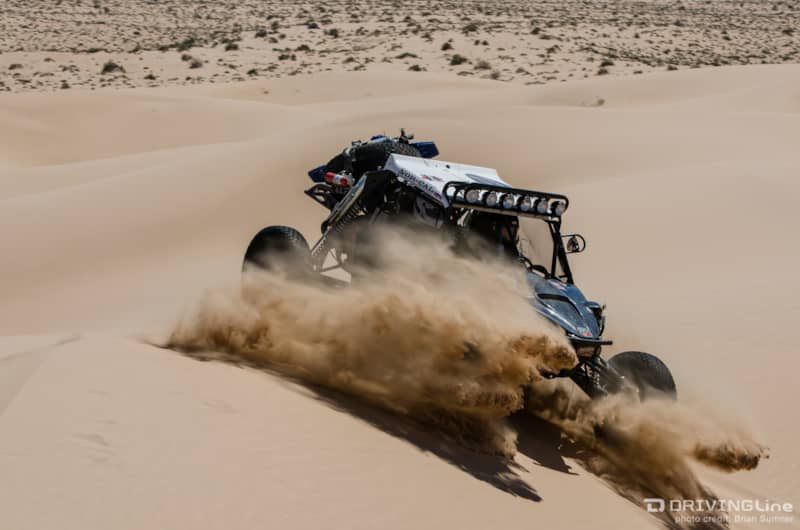
On day four, the Jergensens would roll their truck more than eight times down a dune, but they landed on their wheels and kept charging. Eric Pucelik would win the class by a mere 10 minutes over Todd Jergensen after nearly 800 miles of specials and liaisons.
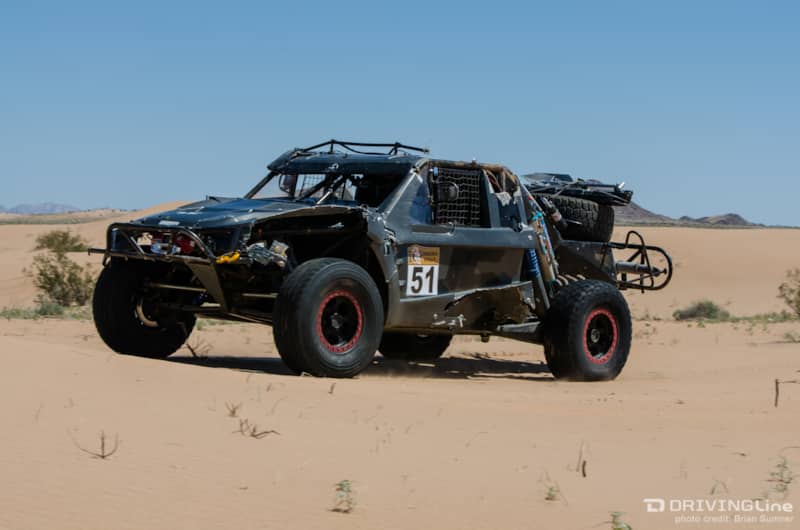
The Safari class in the Sonora Rally was a place for near-stock vehicles to get a taste of rally raid and learn navigation. Russell Sandquist drove his Ford Raptor through the dunes and the rest of the rally specials to pick up the most waypoints along the Safari route and win the class.
